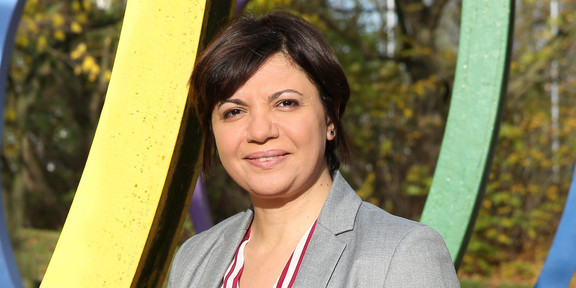Interview with Prof. Selma Saidi

1. What and where did you study and where did your passion for this subject come from?
After studying computer science, I earned my PhD as a research assistant at the University of Grenoble in France. At the time, I worked with VERIMAG, one of the leading research centers in embedded systems, and STMicroelectronics, another leading group in semiconductor design. Embedded systems are characterized by the fact that they have very limited resources compared to standard computers and are optimized for a specific application area. These include autonomous driving, avionics and the Internet of Things. The special art of engineering lies primarily in the design and analysis of embedded systems, which requires a deep understanding of software and hardware components, as well as the application area. Therefore, the involvement with embedded systems is characterized by constant enrichment and continuous learning.
2. What research topics do you work on and what excites you most about them?
I particularly enjoy working on system-level design to study how hardware, software, and their environment work together, which allows us to model the complex behavior of systems. With the expansion of networking in today's world, the use of embedded systems is also becoming more diverse. Therefore, coming up with innovative solutions requires new ways of thinking and collaboration with different research areas. Interdisciplinary work can not only be particularly challenging for me, but also incredibly fascinating.
3. How can students get involved in your research?
I welcome support in our research from students from every semester. I try to align project groups as well as lectures and other courses as closely as possible with current research, so that one or the other can become interested in embedded systems. This semester my new lecture on hardware and software codesign starts and furthermore a project group that will work on a virtual platform for autonomous multicore systems. Bachelor and master theses are always available for students who want to learn something new in this area. In addition, motivated student assistants are always welcome at the professorship.
4. What are your tips for a successful study?
In my opinion, a successful study should always be a good mixture of basics of electronics, information technology and computer science: For example, digital circuits, fundamentals of communications engineering, and computer architectures, in conjunction with exposure to innovative and current tools and methods that advance research and industrial development. This is what I always try to pass on to my students as orientation and tools of the trade.


